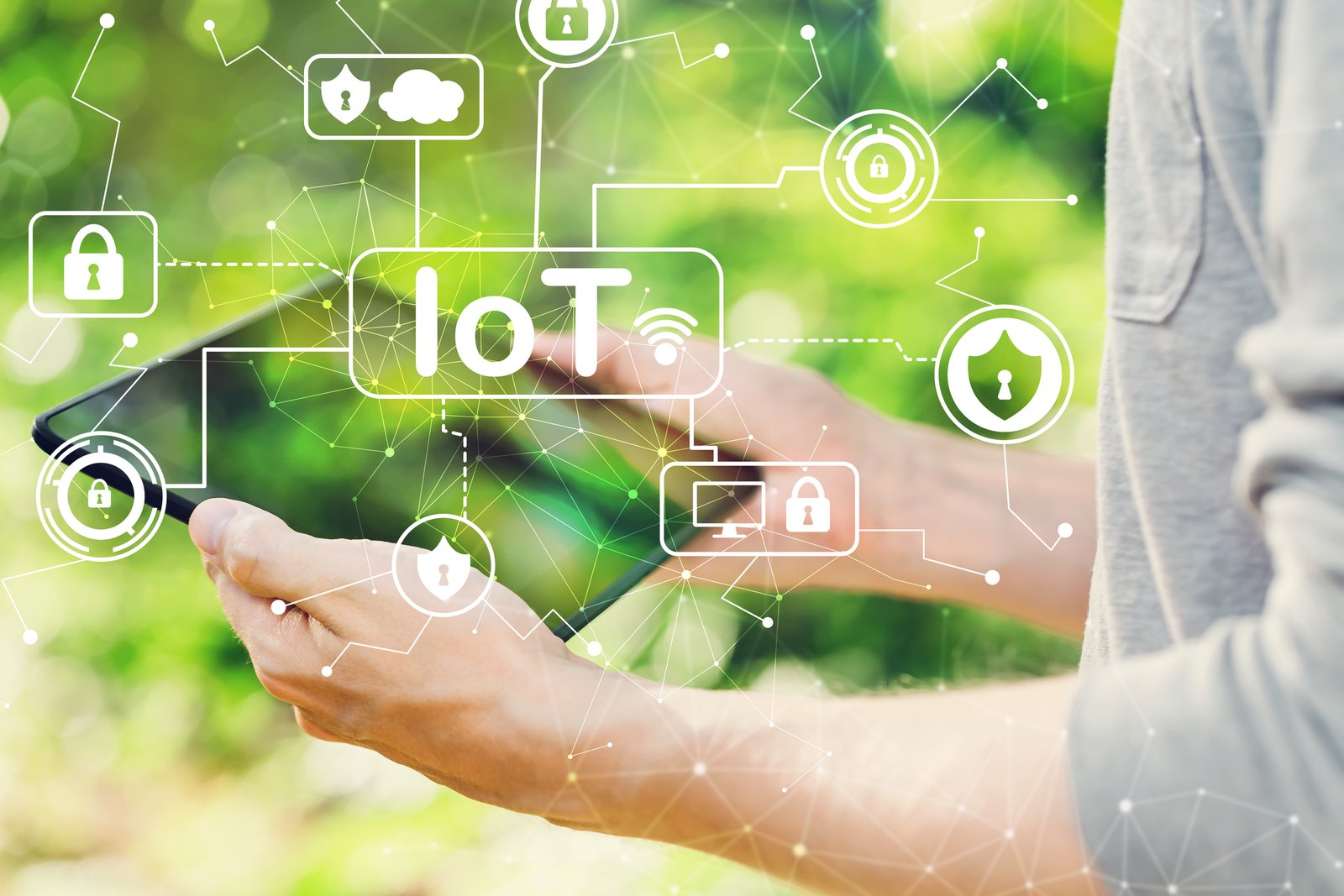Evolution of IoT: From Concept to Reality
1. Early Concepts and Vision (Pre-2000s):
- The seeds of IoT were sown in the late 20th century with the idea of "ubiquitous computing" by Mark Weiser.
- Visionaries like Kevin Ashton introduced the term "Internet of Things" in the late 1990s to describe a world where everyday objects are connected to the internet.
2. Emergence of RFID and Sensor Technologies (2000s):
- Radio-frequency identification (RFID) technology gained prominence as a way to tag and track physical objects remotely.
- The development of smaller and more affordable sensors paved the way for real-time data collection from the physical world.
3. Advancements in Wireless Communication (2000s):
- The proliferation of wireless communication technologies like Wi-Fi and Bluetooth provided the necessary connectivity infrastructure for IoT devices.
- These technologies allowed devices to communicate and share data without the need for physical connections.
4. Smartphones and Mobile Connectivity (2010s):
- The widespread adoption of smartphones acted as a catalyst for IoT growth, as they became a central hub for managing and controlling connected devices.
- Mobile apps enabled users to remotely monitor and interact with IoT devices.
5. Rise of Cloud Computing (2010s):
- Cloud computing platforms offered scalable storage and processing capabilities that were essential for handling the massive amount of data generated by IoT devices.
- Cloud services made it possible to analyze and derive insights from IoT data on a global scale.
6. Industry-Specific Applications (2010s):
- Various industries began adopting IoT solutions for specific use cases. For example, smart homes featured connected thermostats, lights, and security systems.
- Industrial IoT (IIoT) revolutionized sectors like manufacturing, enabling predictive maintenance and improved operational efficiency.
7. Edge Computing and Real-Time Processing (2010s):
- The need for real-time processing and reduced latency led to the emergence of edge computing, where data is processed closer to the source.
- Edge computing optimized data processing for applications like autonomous vehicles and industrial automation.
8. Integration of AI and Machine Learning (2010s):
- AI and machine learning technologies were integrated with IoT to enable smarter decision-making and predictive analytics.
- Devices could now learn from data patterns and adapt their behavior accordingly.
9. 5G Connectivity (Late 2010s - 2020s):
- The rollout of 5G networks promised higher bandwidth, lower latency, and greater device density, which is essential for supporting the growing number of IoT devices.
10. Future Prospects:
- The future of IoT includes further integration with AI, 5G, and edge computing for even more responsive and intelligent systems.
- IoT will likely continue to transform industries, from healthcare and agriculture to transportation and smart cities.
Throughout this evolution, IoT has transitioned from being a visionary concept to a practical reality that impacts various aspects of our lives and industries. The combination of hardware advancements, connectivity solutions, and data processing capabilities has brought us to an era where billions of devices are interconnected, sharing data and shaping the way we interact with the world around us.
